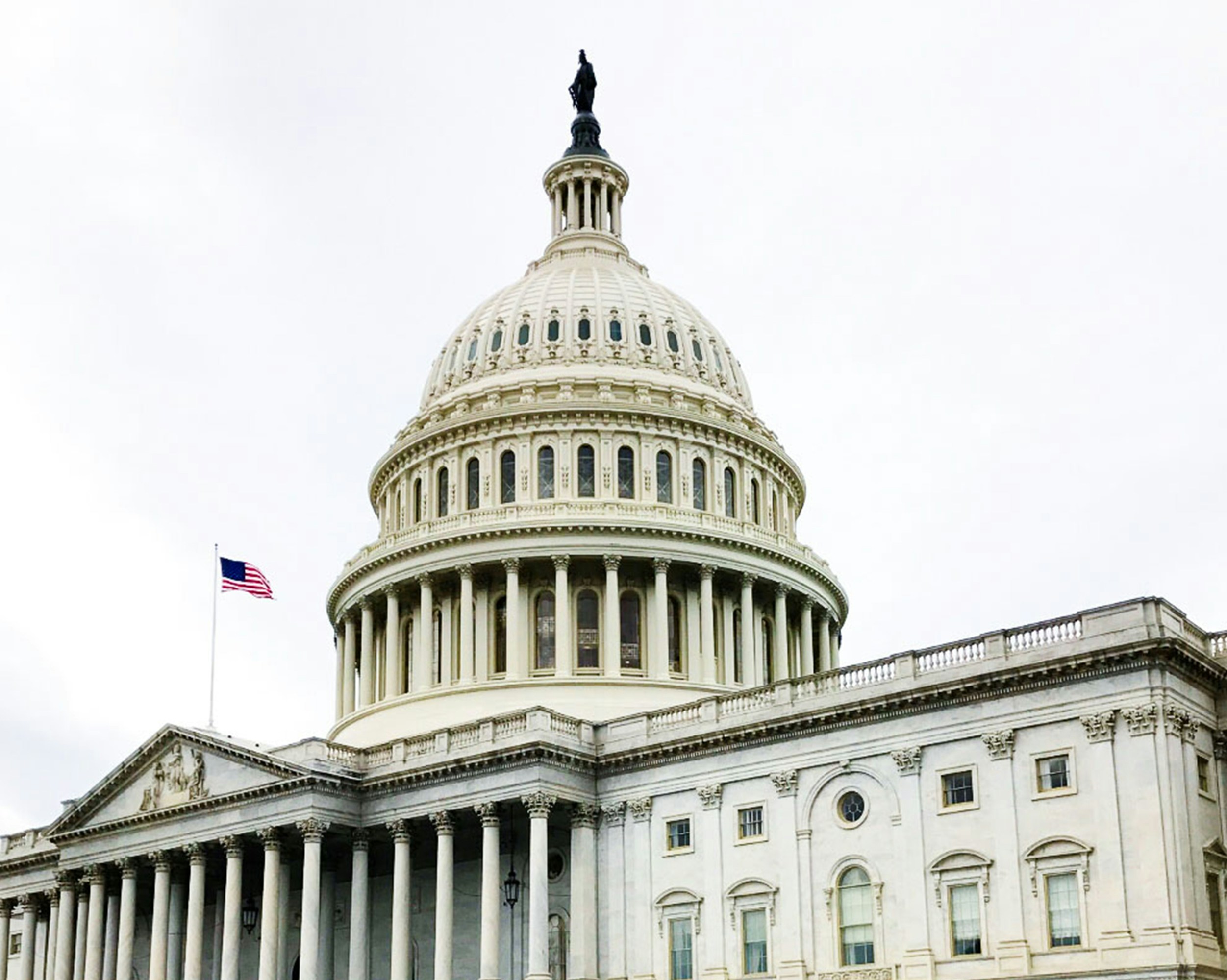
A guide to reopening
- Breaking News
As states lift or relax stay-at-home orders, many employers are beginning to plan the reopening of their physical workplaces.
Here are issues to consider:
Safety Obviously
The top priority in reopening is providing a safe work environment for your employees and customers.
- Analyze the flow of how people enter and move throughout the workplace. To the extent possible, reorganize the flow of traffic to relieve choke points where employees may encounter others (such as time clocks and elevators). Eliminate unnecessary touchpoints (such as closed doors).
- Rearrange workstations to allow adequate distance or provide barriers between workstations.
- Evaluate whether common areas (such as breakrooms, smoking areas) should be retained, reorganized, subdivided, or have access limited.
- Establish protocols for regular cleaning and disinfection of all areas; provide adequate supplies of disinfectant and hand sanitizer as well as any necessary personal protective equipment (PPE), such as gloves and masks.
- Post instructions for appropriate hygiene practices, such as hand washing.
- Depending on the nature of your workforce, consider temperature checks on entry. Also, consider requiring employees to report other CDC-recognized COVID-19 symptoms and any personal travel to COVID-19 hotspots. If you do so, ensure that you provide adequate protections to maintain privacy and to keep records confidential.
- Establish a protocol for handling employees who test positive, including notification of co-workers who may have been exposed to the employee and criteria for returning to work afterwards. If possible, stagger schedules so that employees do not arrive and leave at the same time. Stagger breaks and meal times as well. Another scheduling option is to alternate in-office and at-home days so that fewer people are in the workplace at the same time.
- Provide training to employees to reinforce health and safety protocols and any practices specific to your workplace (such as handling non-compliant customers).
Recall Practices
If you plan to reopen only partially or to reopen in phases (which may make the implementation of new safety protocols easier), determine the criteria for selecting who will be recalled first. The key is to determine your business needs and then follow a non-discriminatory selection system. Some options which can be combined:
- Volunteers: Some employees may be reluctant to return because of safety concerns; those who are ready to return will likely be more productive.
- Critical or unique skills: If some employees have a unique skill set or are cross-trained on multiple functions, they may be necessary to restarting the business.
- Seniority: Seniority is the safest criteria to use, although it does not guarantee the best performers will be selected.
- Performance: If you use performance as a criterion, make sure the performance measure you use is consistent with any documented performance evaluations.
Do not make selections based on your assumptions about groups vulnerable to COVID19 (such as older employees or those with known disabilities). You can offer these employees the option of delaying their return, but you cannot exclude them simply because they are in one of the vulnerable groups.
How you will handle employees who refuse to return to work? Some employees may be reluctant to return out of generalized fear; those employees are not subject to legal protections. Consider whether you will terminate their employment automatically or give them a grace period in which to reconsider.
Another option would be to inform them that you will consider them for available positions when they are ready to return but will not guarantee their reemployment.
Other employees may indicate they are not able to return to work due to an underlying medical condition or pregnancy. These employees may have legal protections and rights under the FFCRA, ADA, FMLA, and/or PDA and those situations should be evaluated with legal counsel.
Remember also that recalled employees are eligible for Emergency Paid Sick Leave and Expanded FMLA under the FFCRA for other reasons, including closure of school or loss of childcare (EPSL and EFMLA) and care for another individual (EPSL only).
Finally, consider whether you will treat employees in vulnerable groups differently if they are not ready to return, and ensure this is permissible under all the laws of your jurisdiction.
Unique COVID-19
Issues Confirm that you have posted the required posters covering employee rights to Emergency Paid Sick Leave and Emergency FMLA. Have forms in place to process requests for leave.
Determine in advance how you will handle employees who refuse a particular job assignment because of COVID-19 safety concerns. Keep in mind that their refusal may be protected activity under the Occupational Safety and Health Act or concerted activity the National Labor Relations Act.
Determine how you will discipline employees who fail to follow safety protocols. This may vary depending on the importance of the safety protocol and the nature of the failure (inadvertence vs. flagrant refusal).
Evaluate OSHA reporting requirements. At the beginning of the outbreak, OSHA relieved most employers of recording COVID-19 illnesses on the injury logs. The agency has now reinstated those reporting obligations for employers subject to the OSHA-300 requirements and issued guidance on the factors to consider in determining recordability.
Decide how you will treat any time off for purposes of leave accrual, such as sick, vacation or personal time off.
Evaluate the impact of layoffs on eligibility requirements and vesting criteria for retirement plans and the reinstatement of health care coverage.





